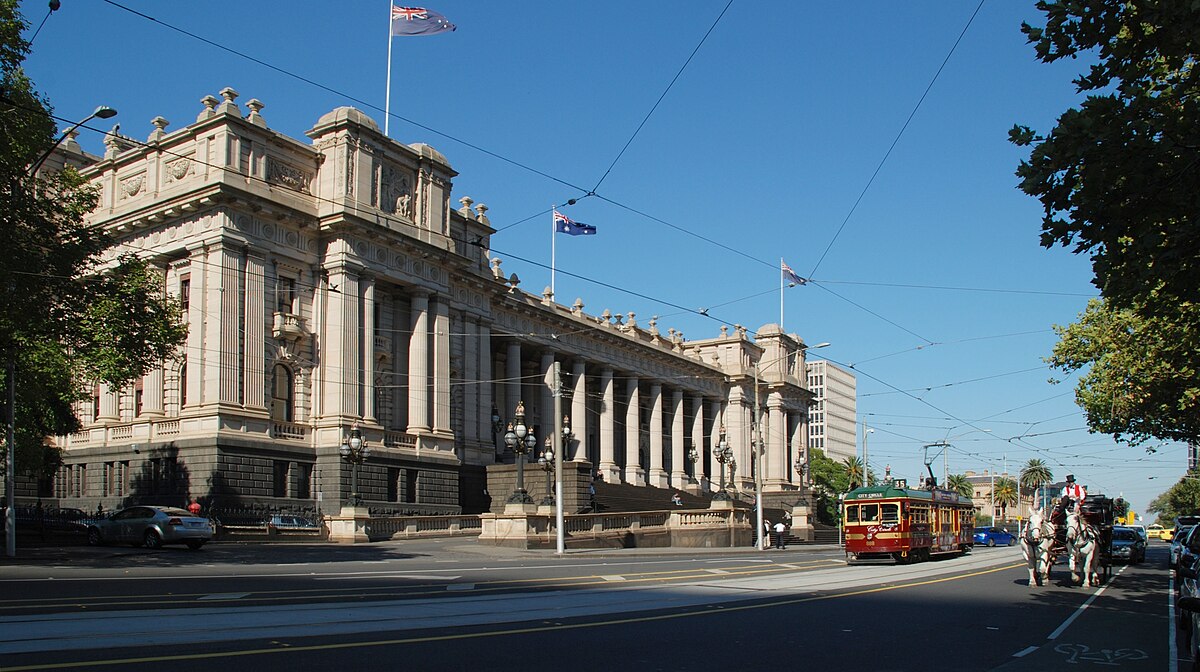Up to 3,000 public service jobs in Victoria could be cut following an independent review ordered by the Allan government. The review aims to consolidate entities, eliminate duplications, and reduce executive roles as part of broader efforts to rein in government spending.
The review, led by Helen Silver, is set to report its findings by June 30, with an interim update expected in April. The government hopes the cuts will help reduce Victoria’s growing wages bill, which has significantly increased over recent years.
Thousands of Jobs at Risk in Bid to Streamline Public Sector
The Victorian government has launched a comprehensive review of its public service, with the potential elimination of up to 3,000 positions. The initiative is part of a broader strategy to reduce inefficiencies and cut costs, with Treasurer Jaclyn Symes acknowledging that previous efforts to curb spending had been unsuccessful.
According to Symes, the government aims to merge or abolish underperforming agencies while focusing on programs that have remained in place beyond their original purpose. With over 3,000 public entities currently operating in the state, the review will assess opportunities for consolidation.
The cuts will primarily target executive positions, with nearly 2,000 public service executives earning an average of $255,000 annually. However, frontline services and integrity agencies will be excluded. Symes admitted that the review could impact certain public-facing programs that fall into a grey area between frontline services and administrative roles.
“There will be some difficult decisions to make, but they are important decisions,” she said. “Some people won’t like some of the recommendations.”
Mounting Wage Bill Prompts Scrutiny and Political Debate
The Victorian Public Service has expanded significantly over recent years, with the number of full-time equivalent roles rising to 54,839, despite previous budget commitments to reduce staffing levels. The state’s wages bill is forecast at $37.53 billion for the current financial year, a substantial increase from $24.99 billion in 2018-19, according to analysis by the Parliamentary Budget Office.
Former treasurer Tim Pallas had attempted to curb workforce numbers in the 2023-24 budget, but instead, the total workforce grew. Opposition figures have criticised the government’s approach, with Shadow Treasurer James Newbury calling the review a “hoax” and a distraction from cost overruns in infrastructure projects.
The proposed cuts have also sparked concern from unions, with Community and Public Sector Union secretary Karen Batt warning that further reductions could impact essential services. “The bone is bare,” she said. “Crazy, ill-thought-through proposals end up costing the government more as our population booms and demand for services grows.”
While the Victorian Chamber of Commerce and Industry has welcomed the review, CEO Paul Guerra stated that job losses were never ideal but preferable to higher taxes on businesses and residents.
With the state budget set for release on May 20, the findings of the review will play a key role in shaping Victoria’s financial strategy over the coming years.









